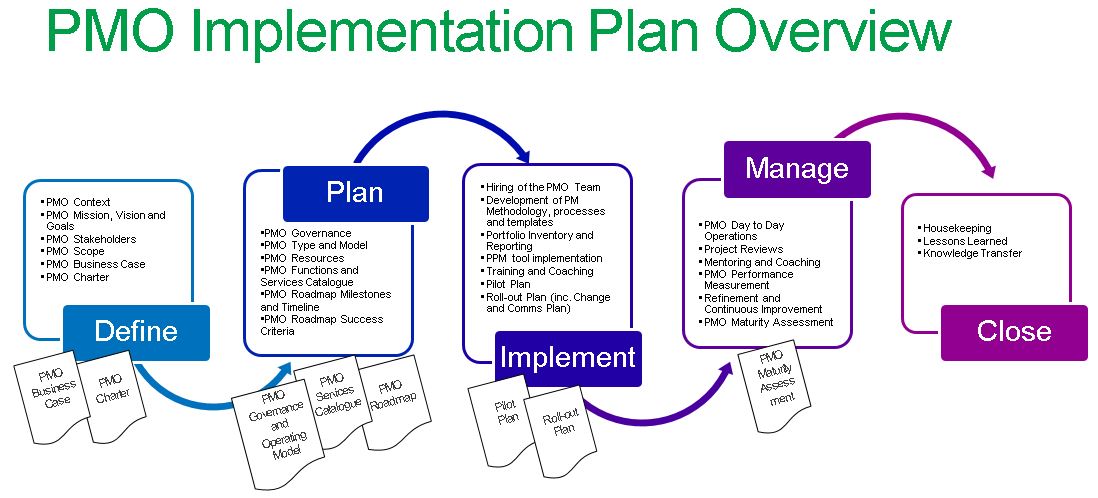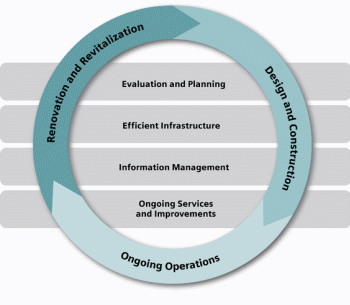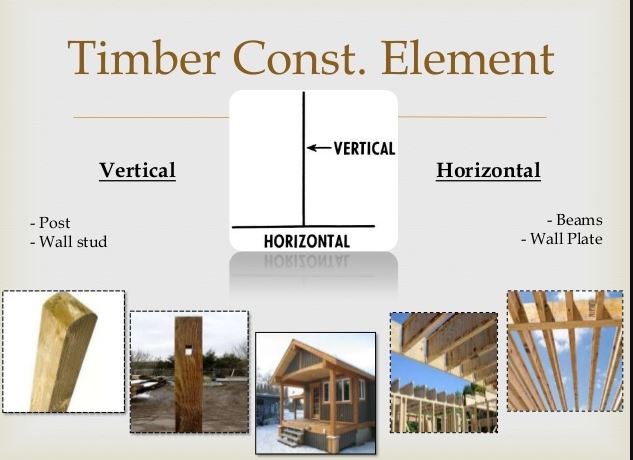Achieving Successful PMO Implementation – Focus on Construction in the United Arab Emirates
PMO is described by PMI as the organization entity responsible for defining and maintain the project management application within organizations. PMO’s has been around for almost half a century however its added values to organizations is only recognized by the project management participants. This research aims to explore the types of PMO, its functions, PMO role in organizations, the added values, pitfalls, success factors and PMO success validation. Additionally it aims explore the PMO implementation requirements from resources, systems, steps and milestones in order to establish roadmap towards successful implementation of PMO.
This is done through reviewing the literature published in this regards, conduct field survey among diverse group of industry experts and interview subject matter experts. Upon completion of the steps mentioned above the research analyzed and compared the results to establish explore the common PMO attributes identified through the three steps and conclude the requirements of implementation, success factors that needs to be fortified, pitfalls and failure factors that needs to be avoided in order to conclude the guideline towards successful implementation of the PMO. Results are mapped in workflow identifying the key steps and implementation milestones following the PMI process group.

Dissertation Objectives
- Validate the importance of PMO in organizations
- Explore the various tasks and value added by PMO in organizations
Assess PMO the challenges , pitfalls and success factors in implementing PMO - Establish a roadmap / guideline for successful PMO implementation
Dissertation Contents
1: Introduction
Preface
Research Aim
Research Structure
Research Proposal
Background and rational of the research
Aim
Objectives
Outlet research methods
2: Literature Review
PMO Definition
PMO Values & Implications on Organization
Impact of Organizations on PMO
PMO Tasks
Types of PMO
Project-Specific PMO / Project Office
Business Unit PMO / Basic PMO
Standard PMO / Support Office PMO
Enterprise PMO
Center of Excellence
PMO issues / pitfalls
Success Factors and Assessment
PMO in Public Administration Institution
PMO Establishment Requirements
Outsourcing PMO
PMO Post Implementation Transformation
3: Research Methodology
Research Methodologies
Data Collection approach
Desk study Research (Secondary Data Collection)
Research Methodology and Data Collection Selection
Survey
Interview
4: Data Analysis
Literature Review Findings
Field Survey Results
Field Results Summary
Interview Results
Results Comparison
5: Conclusion and Recommendations
Conclusion
Recommendations
Research limitation and future researches
References
Appendix
Survey Results
Interview Questions and Answers
Other Relevant Blog Posts
Project Management Standardization
Dissertation Managing Project Complexity
For more tips on how to write your own construction management dissertation check out the Construction Management Dissertation collection today. It contains many dissertation topics and dissertation titles. I would very grateful if you can share this post on Twitter or Facebook. Thank you.




